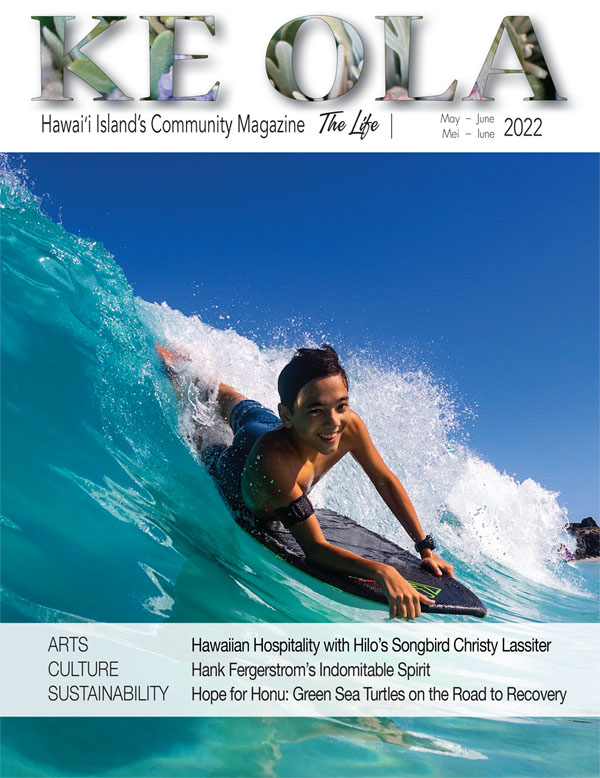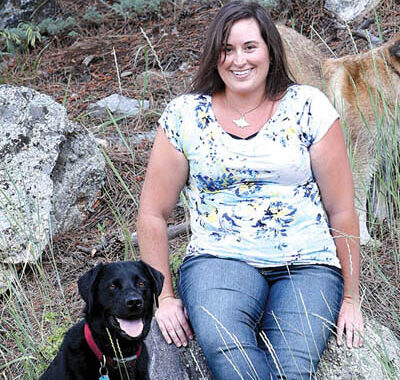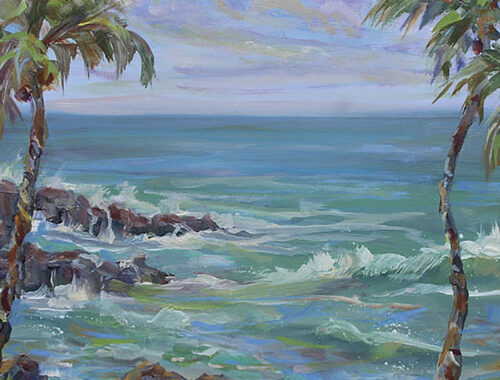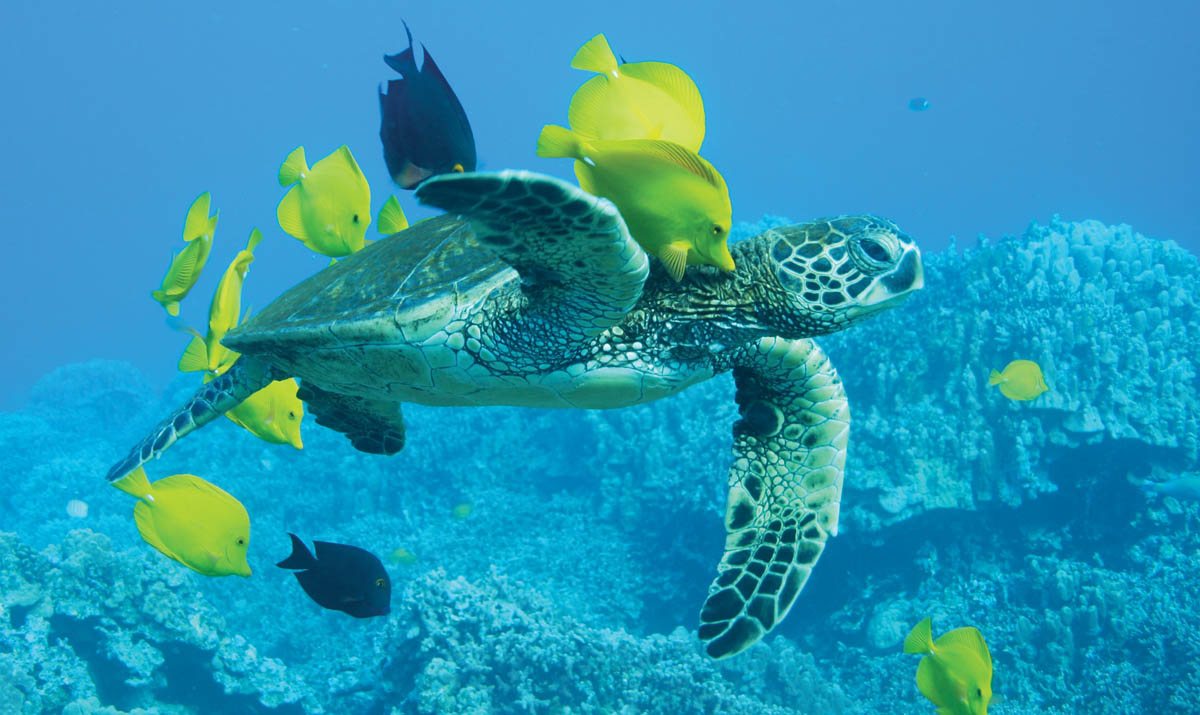
Hope for Honu: Green Sea Turtles on the Road to Recovery

By Rachel Laderman with Irene Kelly
Four decades ago, the sight of honu (green sea turtles) in near-shore Hawaiian waters was rare. Since then, the honu population—once devastated by harvesting practices—has rebounded thanks to state and federal protections. Today, it is common to see honu feeding, swimming, and basking (sleeping) on the beach throughout Hawai‘i.
“In Hawai‘i, we let turtles be turtles and focus our management activities on removing or reducing threats,” says Irene Kelly, Sea Turtle Recovery Coordinator for National Marine Fisheries Service, Pacific Islands. “Their positive population trend is the result of protections enacted during the 1970s, which banned the harvest of turtles and reduced nesting beach disturbance at the primary nesting rookery at Lalo.”
Lalo, or French Frigate Shoals, is within the Papahānaumokuākea Marine National Monument in the Northwestern Hawaiian Islands, where 96% of honu nest. The honu‘ea (hawksbill sea turtle), which nests primarily along the Ka‘ū coast and on Moloka‘i, has also benefited from protections.
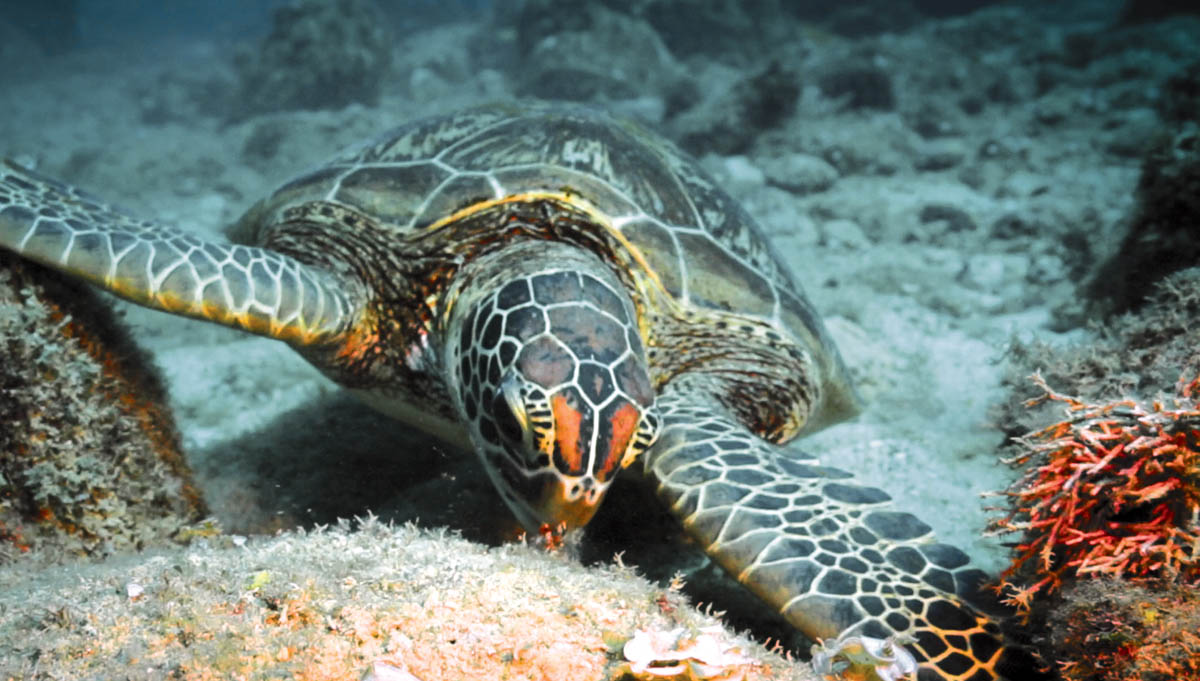
A Generation under Protection
Mature honu females nest every three years, laying approximately four clutches (nests)—each containing about 100 eggs—per nesting season. After a two-month incubation period, hatchlings (baby turtles) emerge from their nests, typically under the cover of night, and quickly scramble to the ocean. They then ride ocean currents, feeding and growing for approximately six years until they’re around 14 inches in length.
At this age and size they return to the near-shore reef habitats of Hawai‘i. It is in these coastal habitats that honu will continue to feed and grow until they reach sexual maturity at approximately 30–35 years old. Adult honu then migrate back to the beach where they originally hatched, continuing the cycle for future generations.
“We have seen only one full generation of honu since the species acquired protections under the Endangered Species Act in 1978,” Irene notes.
Adult honu, the largest of the hard-shelled sea turtles, grow to four feet long and 400 pounds. The primary threats to the species are hooking or entanglement in coastal fisheries, disease, vessel collision, and climate change impacts.

Nesting Observations Needed
In the last few years, researchers have witnessed increased nesting activity throughout the main Hawaiian Islands. This success provides a unique opportunity for the public to help biologists find and monitor nesting activity during the May-to-September nesting season. In Hawai‘i, honu typically dig their nests near or under coastal vegetation, whereas they usually bask closer to the water.
The public is encouraged to report any observations of turtles digging with their rear flippers, especially if it occurs late at night or very early in the morning. “Turtles like to flip sand with their front flippers when basking, but digging with their rear flippers might indicate nesting activity,” Irene explains. “Some beaches in Hawai‘i are very remote and it’s just not possible to monitor every beach, so we rely on public reporting of nesting females, turtle tracks, or sightings of little hatchlings.”

Let Them Bask! How You Can Help:
- View sea turtles from a distance of at least 10 feet. In Hawai‘i, we view turtles respectfully. Honu basking on the beach are getting much-needed rest. Give them space and don’t feed, chase, or touch them. Use that zoom feature on your camera!
- Avoid beach driving. Off-road trucks and ATVs can crush nests, create tire ruts that trap hatchlings, and degrade habitats. Driving on the beach is also illegal in most areas.
- No “white light” at night. Lights can easily disorient sea turtles and hatchlings. A disoriented hatchling can end up in vegetation or inland away from the ocean where they may die. Avoid shining bright lights near sea turtles or on nesting beaches after dusk, such as flash photography, flashlights, vehicle lights, exterior building lights, and beach fires.
- Collect fishing line or other rubbish from the beach. Help keep our reefs and beaches clean of debris, as hatchlings and marine wildlife can become entangled in marine debris and lost fishing gear. Help save turtles by participating in beach clean-up events!
- Report nesting activity or animals in distress. If you see a turtle digging, witness any turtle tracks going up into coastal vegetation, find any hatchlings, or observe sea turtles in distress (dead, injured, or in need of help), call NOAA’s Marine Wildlife Hotline at 888.256.9840 or send an email with photos to RespectWildlife@noaa.gov.
All photos courtesy of NOAA NMFS except “Honu taking a breath,” courtesy of Don McLeish, Maui
Rachel Laderman, Sustainable Pacific Program, Lynker LLC/NOAA Affiliate, Hawai‘i Island
